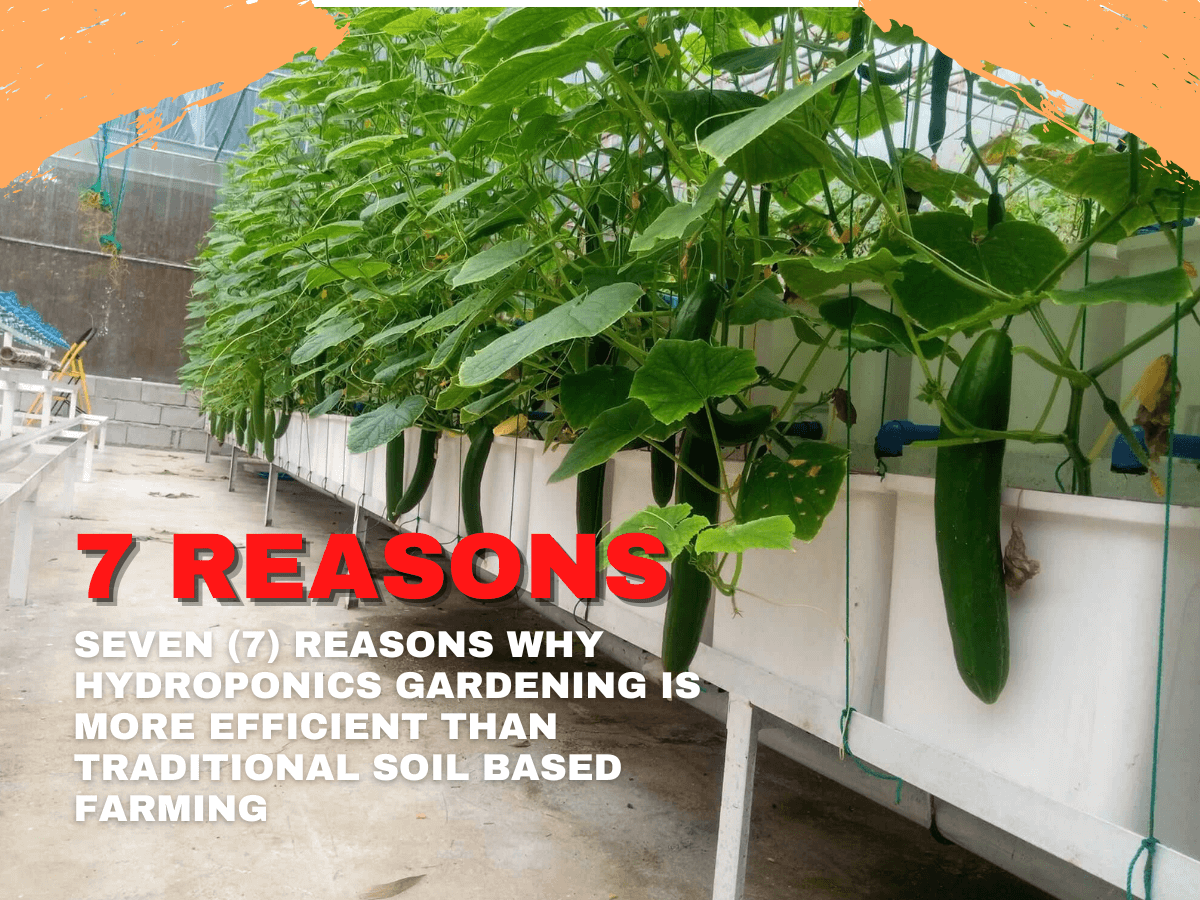Hydroponic gardening is a great way to grow your own plants at home. It can be a more efficient choice than the traditional gardening methods done in soil. In this article, we’ll take a look at why hydroponics is better than soil farming.
You have several alternatives when it comes to growing your plants. Knowing the advantages and disadvantages between the two methods (hydroponics and traditional farming) will be helpful to your journey.
Growing plants in soil has been the norm for many years. But, there are plenty of reasons to consider growing your plants with hydroponics instead. Don’t get me wrong, Soil is a great way to grow plants. But if you’re looking for a more efficient way, hydroponics might be the answer.
A brief background on Hydroponics
Hydroponics is a method of farming where it uses nutrient solution to feed the plants instead of soil. The roots are suspended in this solution, which provides them with all the nutrients they need to grow. This makes it easier to get the right amount of nutrients into your plants, so they can thrive without having to worry about adding nutrients at each watering cycle. It also means that there are fewer chances for pests or diseases to attack your plant roots because there isn’t any soil for them to hide in!
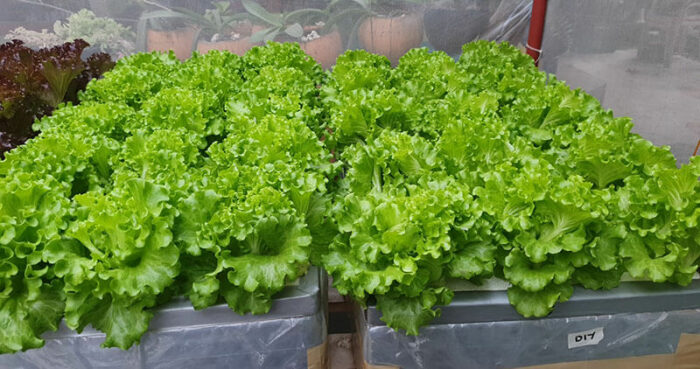
Now there may be a time where soil is the only option when you want to have your own backyard farm. But since the dawn of the new era where innovations and new technology are abundant, Hydroponics backyard farming are now feasible and reachable to the public.
In this article, I want to justify why Hydroponics is way better than the traditional Soil based farming. And I’m going to do it by giving you Seven (7) Reasons Why Hydroponics Gardening Is More Efficient Than Traditional Soil Based Farming.
1. Soil gardening can take up more space.
Growing crops in soil is already a tried and tested way of growing plants. It has been used for thousands of years and continues to be used today. In fact, many people prefer to grow their own vegetables in the ground or garden bed instead of using hydroponics because they believe it is more natural.
Growing in soil are considered natural (we all know that!), it can take up a lot of your back yard space since you are growing it in soil, in a garden bed or even in pots.
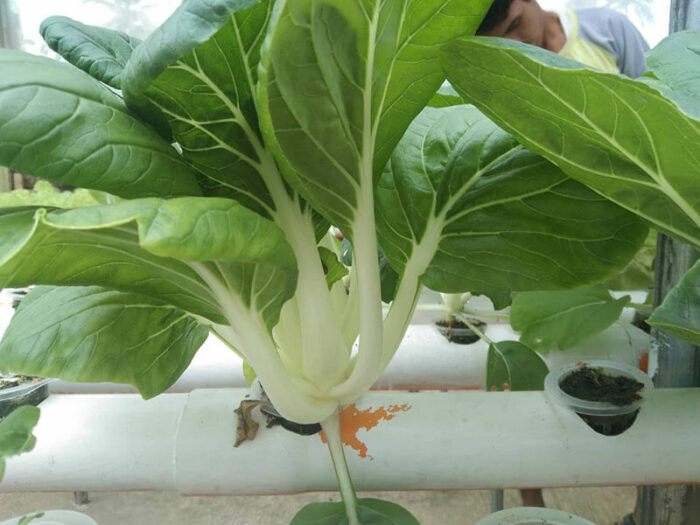
In hydroponics, you can grow more in less space. This really fit the profile of a person who doesn’t have enough space to have a soil based garden.
In Hydroponics, as long as you supply your plants with enough for the nutrient solution, it can grow successfully.
Plants grown in hydroponics can be easily stacked vertically to accommodate more crops to be grown at the same time. And since hydroponics don’t need soil, a well executed vertical Hydroponic NFT System can do the job well done!
2. Plants grown in soil are susceptible to soil-borne pests and diseases.
The reason behind this is because the soil itself can act as a medium for the propagation of harmful organisms, which then affect the plant itself. The most common example is root rot, which is caused by fungi that live in the soil and grow around the roots of plants.
As a result of the lack of proper sterilization of soil, there is no way to ensure that soils themselves are free from harmful organisms or microorganisms. This can be a risky and even fatal situation for both plants and humans alike.
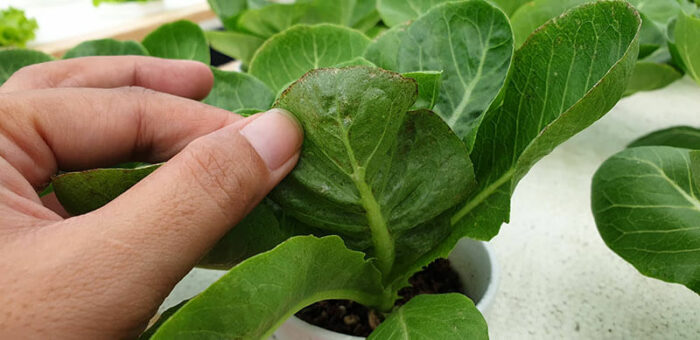
Plants grown in soil are susceptible to a lot of pests and diseases, but the most important one is soil-borne (or, as it’s more commonly known, “root-borne”).
Soil-borne pests and diseases are caused by bacteria, fungi, or viruses that live in the soil around your plants. They can be carried into the plant through its roots, or they can be spread by insects like aphids and thrips that feed on the plant sap.
You can’t avoid soil-borne pests and diseases entirely—they’re just a reality of growing plants—but there are ways you can minimize their impact on your garden.
3. Growing hydroponically saves water.
Are you worried about the environment? Do you want to save money on your water bill? If so, growing hydroponically may be a better choice for your garden.
Hydroponics is designed to grow more with less water. This will save water for the environment and will keep your water bills lower.
When you grow hydroponically, you use less water. Because plants are grown in water instead of soil, they don’t need as much water to stay healthy. This means there’s less waste and more savings for the environment.
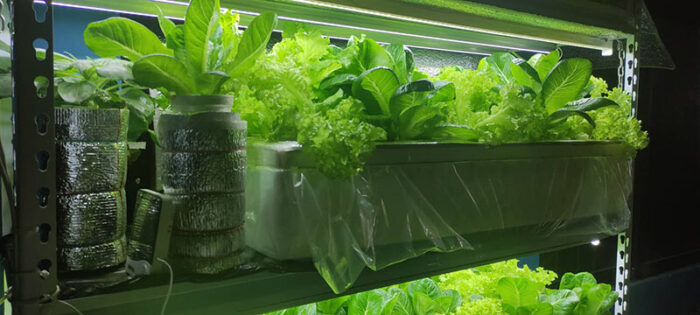
Instead of just being used once to irrigate your (soil) garden and then draining away into the ground forever. There is no evaporation from soil and no runoff of excess nutrient-rich water through drainage holes in the bottom of traditional containers. Hydroponic systems also don’t require tilling or disturbing the soil, which means they don’t let any more nutrients run off into waterways than if they were growing in fields.
4. Hydroponics allows year-round growth.
Hydroponics allows you to grow crops all year round because there’s no need for natural sunlight. You can even grow crops indoors! That means you can have fresh herbs and vegetables available whenever you want them—even if it’s wintertime when it feels like there’s a foot of snow outside your window!
Just remember, Hydroponics don’t magically violate the law of nature. Proper sunlight and Nutrients are still needed for you to grow a healthy plant. What I’m trying to say here is Hydroponics with the proper assistance of artificial tools like grow lights (to supplement the lack of sunlight) and nutrient solution (to assist the plant for its food), a healthy crop harvest is not impossible to achieve!
5. Plant roots in a hydroponic system get all the oxygen they need.
In a hydroponic system, plants are grown without soil. The roots are grown in a nutrient-rich solution with the oxygen they need to grow, and that solution is pumped directly to the roots.
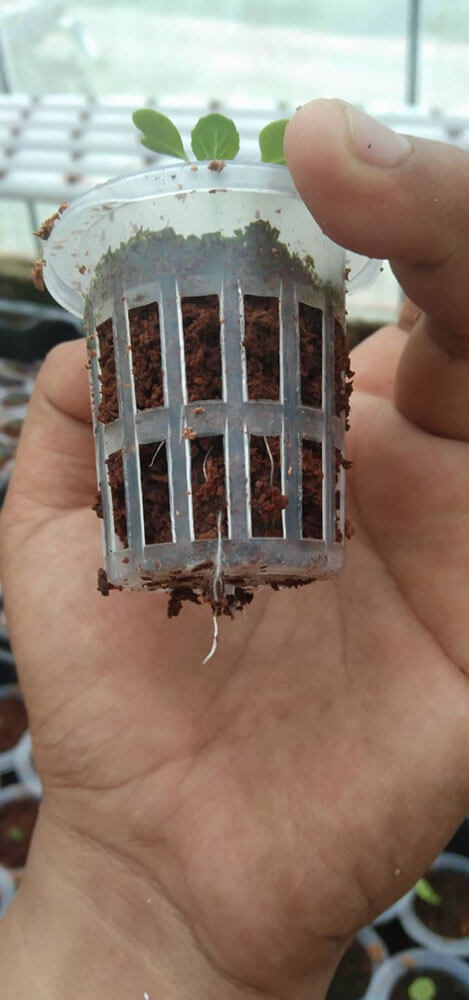
This means the plant gets all of its nutrients and oxygen from the same place, which allows for faster growth and greater efficiency.
6. Hydroponic plants are easier to harvest than ones grown in soil.
In harvesting crops in Hydroponics System, you can simply pull out the plant from their container since it is technically the design of it. This is a much quicker process than digging up an entire plant from a garden bed.
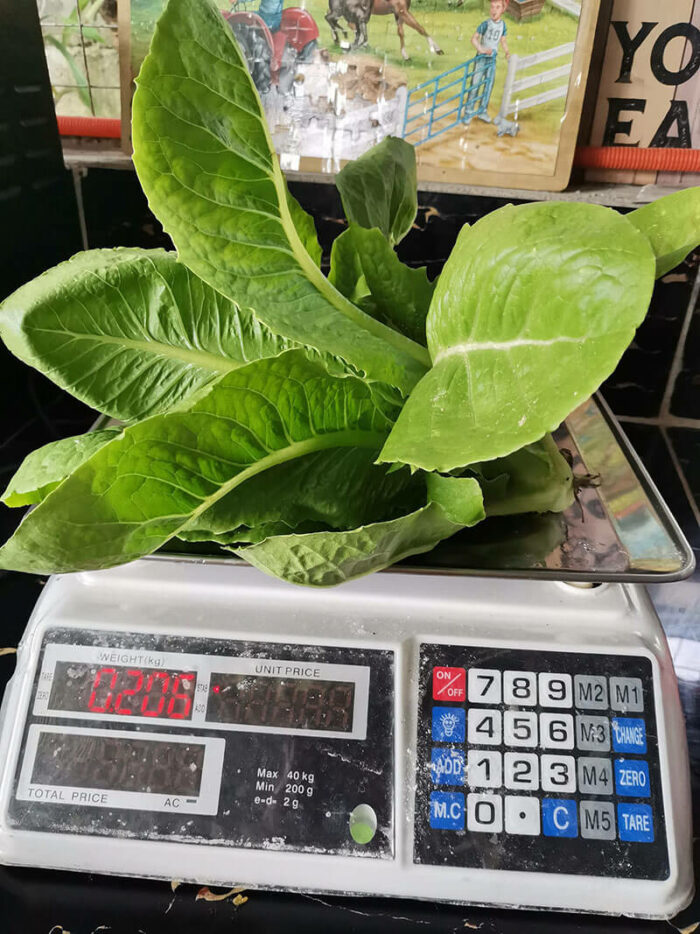
This also means you don’t have to worry about damaging your plants when you harvest them. All you need to do is pull it out!
7. Hydroponic plants grow faster than soil-grown ones.
It was mentioned already that one of the main reasons why hydroponics is so effective is that it allows plants to get their nutrients directly from the water. When you grow your plants in soil, they have to rely on their roots to absorb those nutrients, which can take time. Hydroponic plants don’t have to wait for their roots to find their nutrients—they are simply supplied with everything they need right away. This means that your hydroponic plants will grow faster and produce more food than a soil-grown plant of the same age!
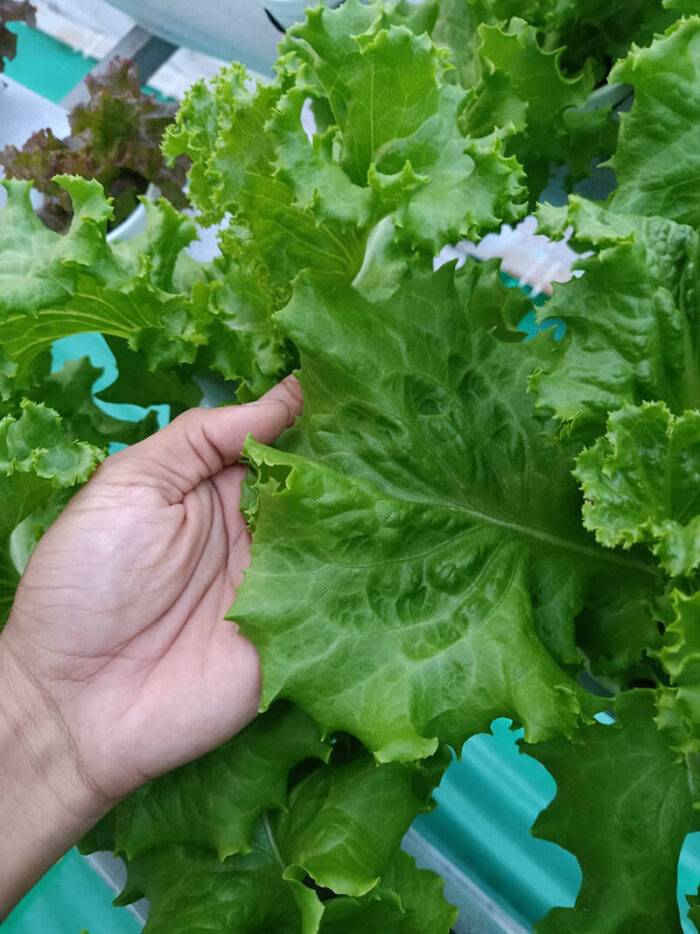
The nutrients are dissolved in water and then pumped straight into the root system of the plant where they are absorbed by the cells and used immediately by them as needed. The advantage here is that there is no wastage of energy on part of the plant when it comes to searching for nutrients in its surroundings – instead, all its energy can go into producing more leaves and other plant parts such as flowers or fruit!
Hydroponic growing is better for the environment and offers other advantages.
Growing plants hydroponically is a great way to get your indoor garden off the ground. It’s also better for the environment than traditional soil-based growing, which can leave a lot of waste in its wake. Not only that, but it offers other advantages as well!
Hydroponic systems are also considered more efficient than soil-based ones because they offer more control over what goes into the soil. That means you can use fewer chemicals than you would if you were using soil directly from nature—and that’s good news for your plants!
This method is particularly useful when it comes to growing herbs and leafy greens because they require less space than other plants. In addition, hydroponic growing requires less water than traditional methods of farming and utilizes fewer chemicals.
These benefits make hydroponic growing an environmentally friendly way to grow your own food at home!
CONCLUSION
The advantages of hydroponic growing are numerous. It is environmentally friendly, efficient, and scalable. Though the intial cost is quite hightcompared to conventional gardening and fertilization. It also has the potential to grow a wider variety of crops better than other methods. It is not a new technology but has been around for decades yet is only now making the leap toward widespread adoption in the developed world. Perhaps that is because we need an alternative to fossil fuels and fertilizer products that are contributing to climate change?
With a little bit of effort, you can start enjoying the benefits of growing your own food. You’ll be saving money, conserving water and protecting the environment in the process. If you’re interested in starting your own hydroponic garden on a budget, then we encourage you to look around for some great tips on how to save money and avoid common mistakes that many first-time growers make.
